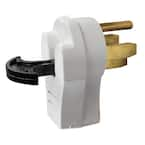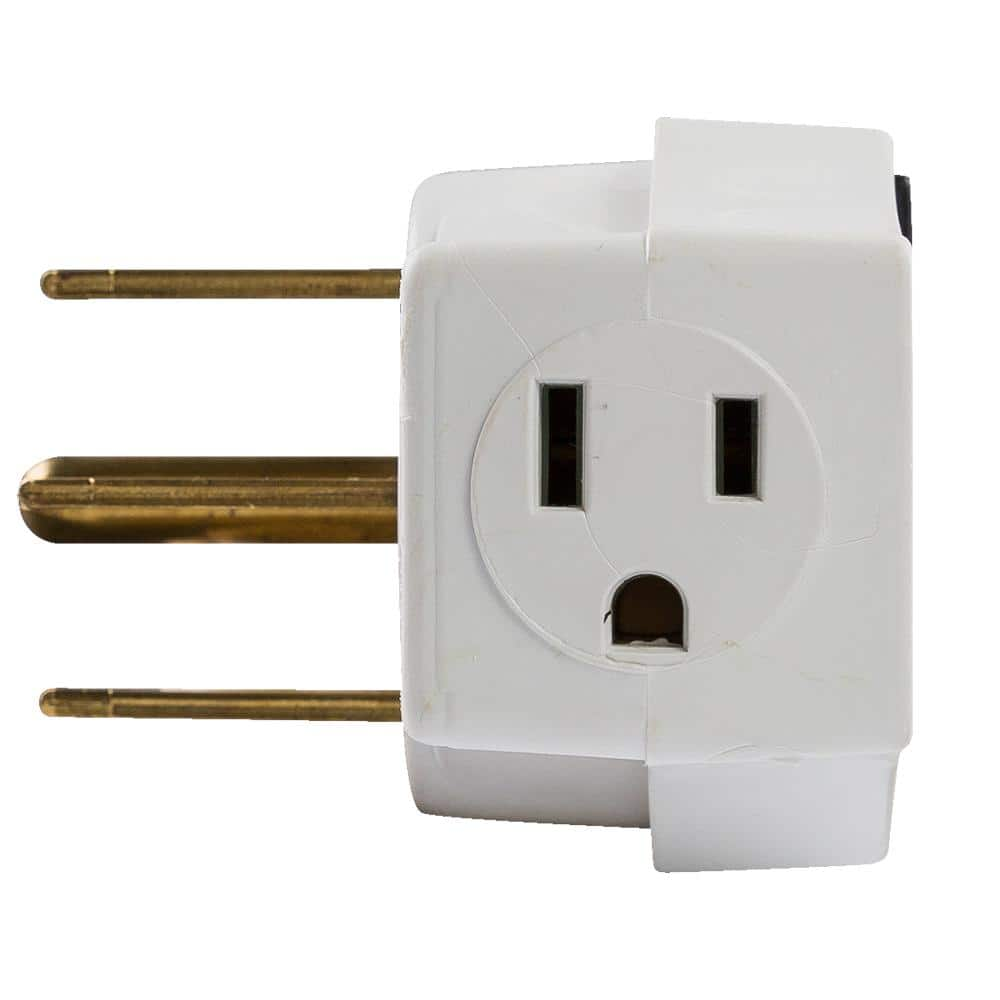- Location
- New Jersey
- Occupation
- Journeyman Electrician (retired)
I would call it a 15 amp individual branch circuit.I wonder, however, if there is a chance that this might be considered a small appliance branch circuit even though it is intended to be dedicated to the microwave.




